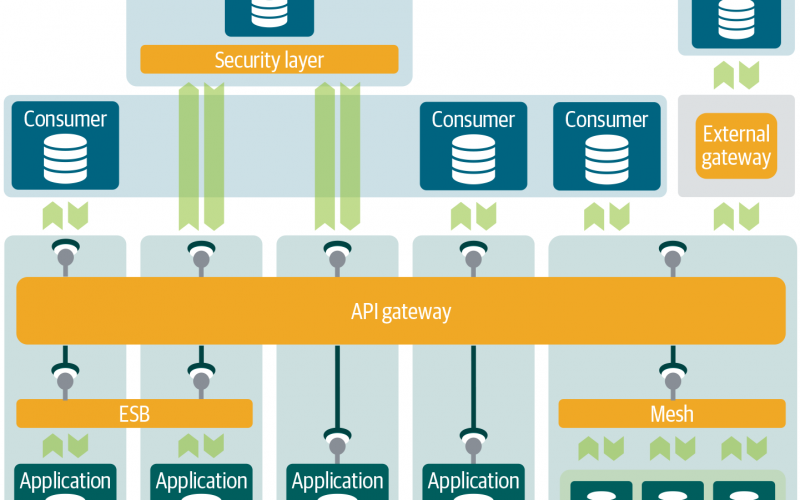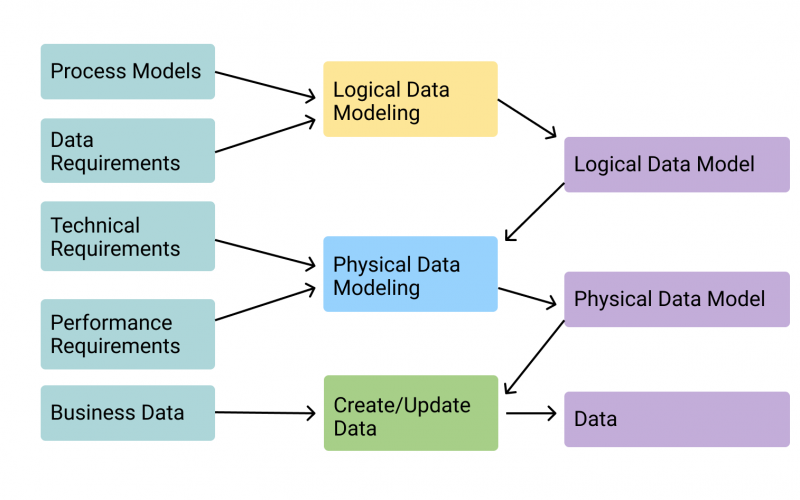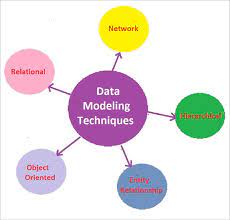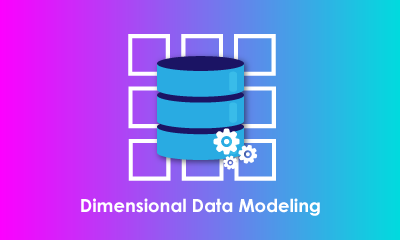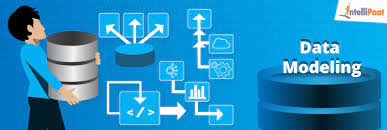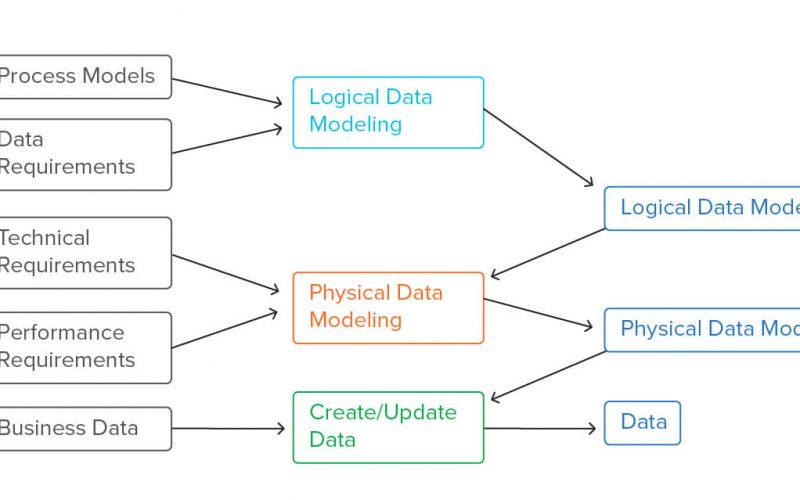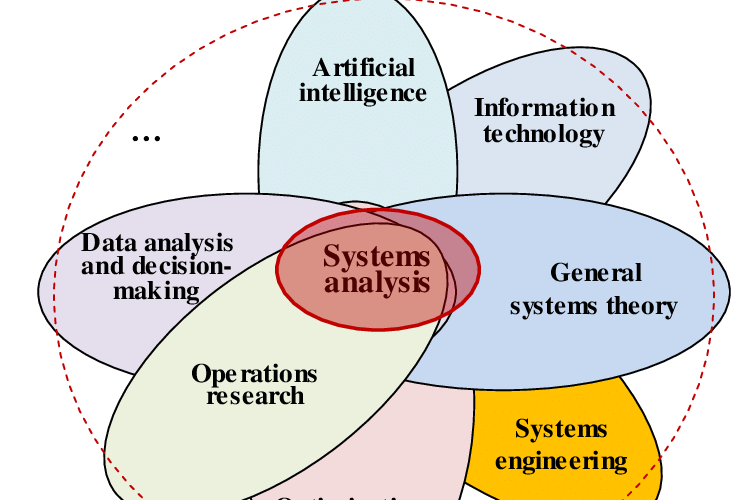08
Oct
System integration is the process of combining different software systems or components to work together seamlessly. It involves connecting various systems, enabling data exchange, and facilitating communication between them. Three key components used in system integration are APIs, web services, and middleware. Let's explore each of them: APIs (Application Programming Interfaces):An API is a set of rules and protocols that allows different software systems to communicate and interact with each other. APIs define the methods, data formats, and authentication mechanisms for accessing and manipulating data or services provided by a system. APIs can be used for both internal and external…
